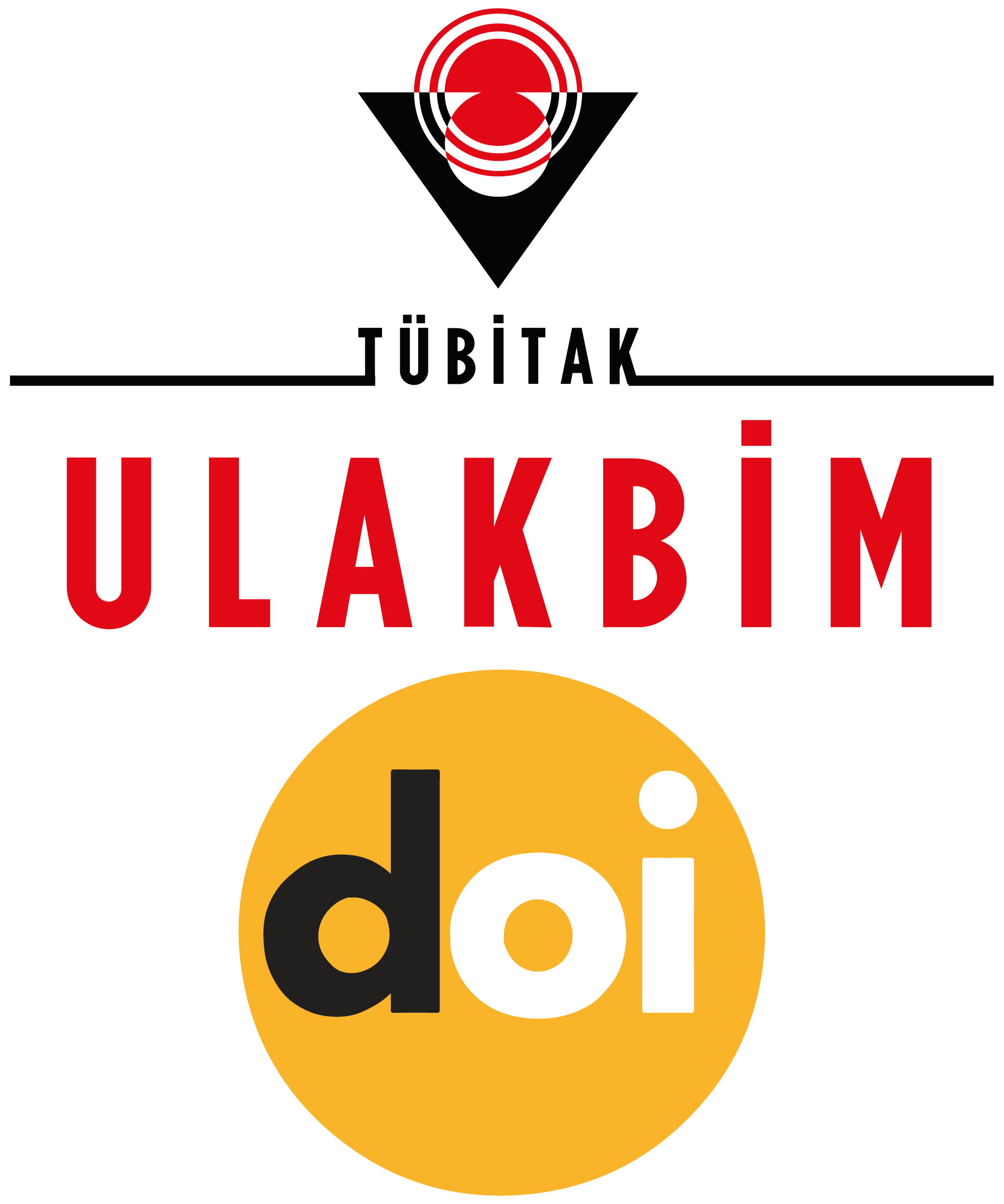Tabiatnâme ile Hıltlar Teorisi Kapsamında Şerbet ve Et Çeşitleri Eşleşmeleri (Sherbet and Food Pairings in The Context of Tabiatnâme and Humoral Theory)
DOI:
https://doi.org/10.21325/jotags.2025.1697Keywords:
Sherbet, Tutmacı, Humoral Theory, Food paring, TabiatnâmeAbstract
Sherbets hold an important place in Turkish food culture, but have fallen into obscurity. The aim of this study is to introduce sherbet while also pairing it with meat in accordance with the humoral theory. Tabiatnâme is a book on preventive medicine. In the book, according to the humoral theory, the recommended products to be served with meat, offal, vegetables, fruits and cheese in order to eliminate the harms of them are given. Within the scope of this study, only the chapters on meat and offal were analyzed. Based on this information, the names of the recommended sherbets were also added. Document analysis technique was used in this study. The foods and beverages that Tutmacı recommends being consumed with meats in this work have been transformed into sherbet recommendations in accordance with the humoral theory. The study suggests that the recommended pairings will bring a different perspective to the serving of meat dishes with beverages. In this way, it is thought that sherbets, which are an important element of Turkish culinary culture, will find more space in the menus of the establishments operating in the food and beverage sector in Türkiye.
References
Akdemir Evrendilek, G., Tanriverdi, H., Demir, I. ve Uzuner, S. (2023). Shelf-life extension of traditional licorice root “sherbet” with a novel pulsed electric field processing. Frontiers in Food Science and Technology. 3. https://doi.org/10.3389/frfst.2023.1157649
Akman, L. (1995). Beşiktaş İlçesi Beslenme Araştırması. Lisans Çalışması. İstanbul: İstanbul Üniversitesi Edebiyat Fakültesi Antropoloji Ana Bilim Dalı.
Aydoğdu, B. İ., Tokatlı Demirok, N., & Yıkmış, S. (2023). Modeling of Sensory Properties of Poppy Sherbet by Turkish Consumers and Changes in Quality Properties during Storage Process. Foods, 12(16), 3114. https://doi.org/10.3390/foods12163114
Ayşe Fahriye (2024). Ev Kadını. (Haz. Turgut Kut), Çiya Yayınları, İstanbul.
Bayer, Y. (Mayıs 01, 2013). Atatürk’ün Milli İçki Önerisi Hardaliye İdi. Hürriyet Gazetesi. Erşim adresi: https://www.hurriyet.com.tr/ Erişim Tarihi: 07.01.2024
Bober, P. P. (2014). Antik Çağ ve Ortaçağda Sanat, Kültür ve Mutfak (2. Baskı). İstanbul: Kitap Yayınevi.
Brillat-Savarin, J. A. (2018). Lezzetin Fizyolojisi ya da Yüce Mutfak Üzerine Düşünceler, (Çev. H. Bucak), Oğlak Yayınları, İstanbul.
Cankül, D. ve Ayvalı, H. (2020). Gastronomi Trendlerinden Biri Olarak Terapötik Beslenme ve Hıltlar Teorisi, Türk Turizm Araştırmaları Dergisi, 4(3): 3099-3115
Durgut Malçok, S., Özkan Karabacak, A. ve Tamer, C. (2024). Sherbet: A Traditional Beverage. İçinde: Futuristic Trends in Agriculture Engineering & Food Sciences, Bhavana, Editor, Iterative International Publishers, Mohali, 242-251.
Farrimond, S. (2018). The Science of Spice, DK, Great Britain.
Genç, R. (1981). IX. Yüzyılda Türk Mutfağı. Türk Mutfağı Sempozyumu Bildirileri. 31 Ekim- 1 Kasım 1981 Ankara: Ankara Üniversitesi Basımevi s. 57-68
Koç, A. (2018). Doktor Celâl Paşa’nın Şurup Îmâlâtı Risâlesi. the Journal of Academic Social Sciences, 76, 93-106.
Grotto, D. (2008). Hayat Kurtaran 101 Yiyecek, Martı Yayıncılık, İstanbul.
Gündüzöz, G. (2017). Kaygusuz Abdal’ın Simâtiyelerinde Yemek Figürü. Kırıkkale İslami İlimler Fakültesi Dergisi, 2(4), 9-26.
Güney, S. (2023). Foods Spreading from Turkish Cuisine to The World. Journal of Multidisciplinary Academic Tourism, 8(2), 159-169. https://doi.org/10.31822/jomat.2023-8-2-159
Işın, P. M. (2012). Sherbet and Spice: The Complete Story of Turkish Sweets and Desserts, I B Tauris, London.
Işın, P. M. (2020). Avcılıktan Gurmeliğe Yemeğin Kültürel Gelişimi (3. Baskı), Yapı Kredi Yayınları, İstanbul.
Karasoy, Y. (2009). Tabiatnâme, Palet Yayınları, Konya.
Kayabaşı, A. ve Bucak, T., (2022). Şerbetlerin Türk Mutfak Kültüründeki Yeri ve Önemine Dair Bir Araştırma. ODÜSOBİAD, 12 (1), 71-96, https://doi.org/10.48146/odusobiad.1053061
Kıral, B. (2020). Nitel Bir Veri Analizi Yöntemi Olarak Doküman Analizi. Siirt Üniversitesi Sosyal Bilimler Enstitüsü Dergisi, 8(15), 170-189.
Koç Keskin, N. (2018). Tutmacı’nın Yâdigârı: “Tabiatnâme”. Gazi Türkiyat (23), 235-236.
Mehmet Kâmil. (2016). Melceü’t Tabbâhîn (1844). D. Elkâtip. (Ed.). Çiya Yayınları,
İstanbul.
Orhun, D., Akıllı, K. (2019). Yedikleriniz Davranışlarınız Olur, Velespit Yayınları, İstanbul.
Özdoğan, Y., & Işık, N. (2008). Geleneksel Türk Mutfağında Şerbet. 38. ICANAS Uluslararası Asya ve Kuzey Afrika Çalışmaları Kongresi Bildiri Kitabı, I, 1059, 1077.
Sarıoğlan, M., & Cevizkaya, G. (2016). Türk Mutfak Kültürü: Şerbetler, Ordu Üniversitesi Sosyal Bilimler Enstitüsü Sosyal Bilimler Araştırmaları Dergisi, 6(14), 237-250.
Şirvânî, M. M. (2005). 15. Yüzyıl Osmanlı Mutfağı (Haz: Mustafa Argunşah ve Müjgân Çakır). İstanbul: Gökkubbe Yayınları.
Ünver, S. (1957). Fatih Devri Yemekleri. İstanbul: Kemal Matbaası
Wang, C., You, Y., Huang, W., & Zhan, J. (2024). The High-Value and Sustainable Utilization of Grape Pomace: A Review. Food Chemistry:X, 24. https://doi.org/10.1016/j.fochx.2024.101845
Wach, E. & Ward, R. (2013). Learning about Qualitative Document Analysis. The Institute of Development Studies and Partner Organisations. Report. https://hdl.handle.net/20.500.12413/2989
Yerasimos, S. (2006). Tavernier Seyahatnamesi, Kitap Yayınevi, İstanbul.
Yerasimos, M. (2014). Evliya Çelebi Seyahatnamesi’nde Yemek Kültürü. Kitap Yayınevi, İstanbul.
Yıldız, M. (2014). Türk Resmî Ziyafet Kültüründe Zirve: Fransa İmparatoriçesi Eugenie Onuruna Verilen Muhteşem Ziyafetler (1869), Milli Folklor, 26 (102), 124-137
Downloads
Published
How to Cite
Issue
Section
License
Copyright (c) 2025 Journal of Tourism & Gastronomy Studies

This work is licensed under a Creative Commons Attribution-NonCommercial 4.0 International License.








